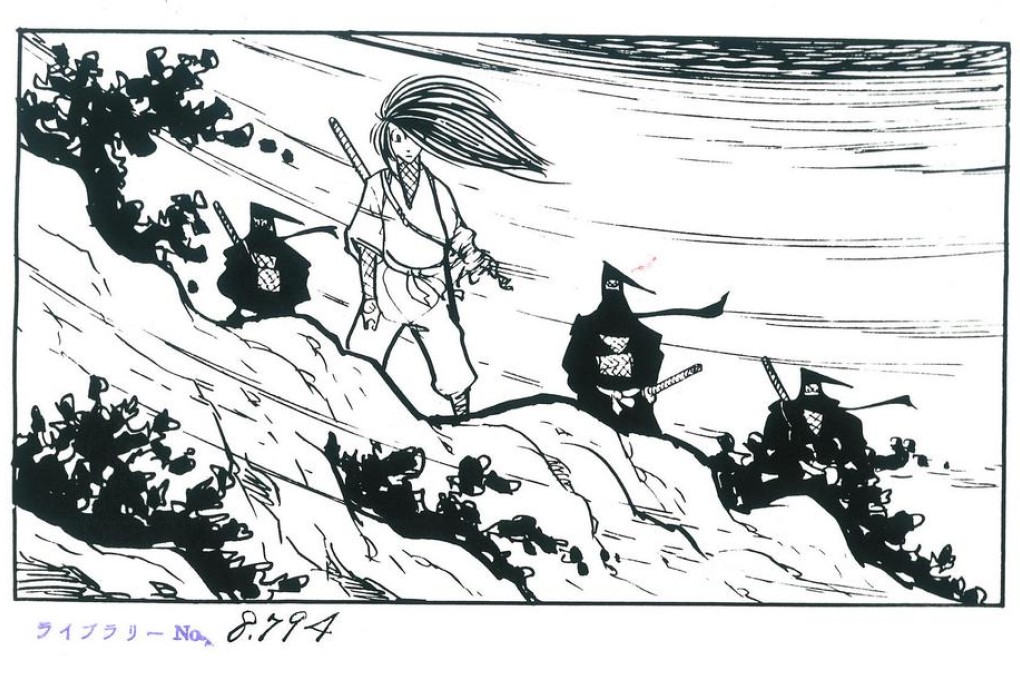Postcard: Tokyo
Nagisa Oshima (1932-2013) began his career in the 1950s at Shochiku studio as a sort of Japanese Orson Welles - a wunderkind shaking up a hidebound film industry. And like Welles, whose Citizen Kane (1941) eviscerated the biggest media mogul of its day, Oshima enjoyed tweaking the noses of the powerful, beginning with his studio boss, Shiro Kido.

Nagisa Oshima (1932-2013) began his career in the 1950s at Shochiku studio as a sort of Japanese Orson Welles - a wunderkind shaking up a hidebound film industry. And like Welles, whose Citizen Kane (1941) eviscerated the biggest media mogul of its day, Oshima enjoyed tweaking the noses of the powerful, beginning with his studio boss, Shiro Kido.
In contrast to the humanistic, morally uplifting films that Kido championed, Oshima's early films portrayed amoral youth who indulged in crimes and sex for kicks, filmed with the then-radical techniques of the French New Wave. They also sold tickets - and the ever-realistic Kido was soon dreaming of a profitable Shochiku Nouvelle Vague led by Oshima and his fellow Young Turks at the studio.
But when Oshima's fourth film, Night and Fog in Japan (1960), opened to empty theatres, Shochiku abruptly pulled the film, claiming that a rightist student's recent assassination of a Socialist politician made further screenings inappropriate. Angered by what he considered studio censorship, Oshima quit Shochiku and started his own production company.
The director churned out film after taboo-defying film in the 1960s and 1970s - and reached his popular apotheosis with In the Realm of the Senses, his 1976 hardcore hit about an obsessive love affair.
The most outstanding Japanese director of his generation, Oshima also was a standout public figure who won notoriety for not only his opinionated essays (including one in which he proclaimed his hatred of Japanese films) but also his many appearances on everything from lightweight TV variety shows to deep-think talk shows.
His films subverted conventions, both cinematic and social, while benefiting from the controversy. Violence at Noon (1966) crams nearly 2,000 cuts into its 99-minute running time, far higher than the then average. Also, its story of a fatal love quadrangle, with a charismatic rapist and murderer at its centre, packs a hot sexual charge, as a sultry farmer's daughter and a prim school teacher fall under his spell - and protect him from the police.